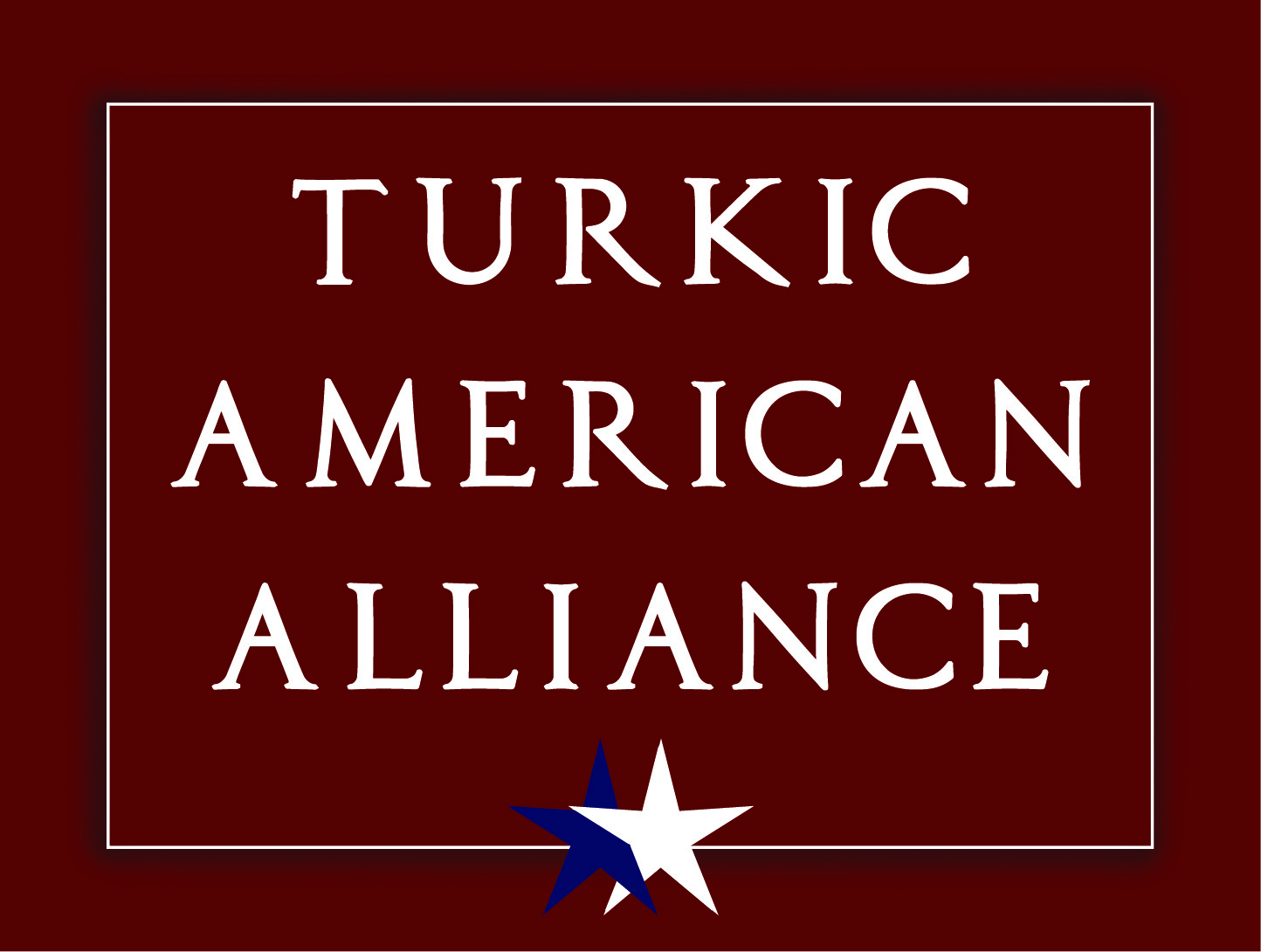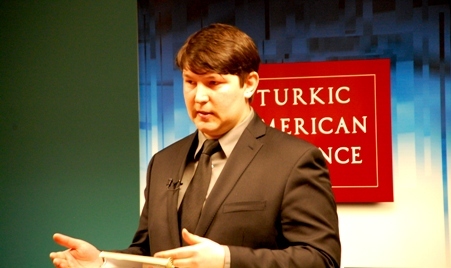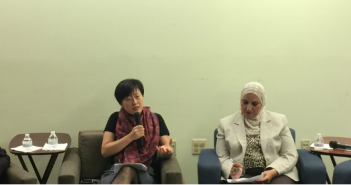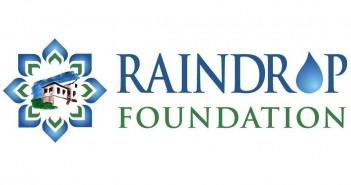TAA hosted today a fruitful talk with Vladimir Fedorenko who is Research Fellow at the Rethink Institute. Mr. Fedorenko presented his recent policy paper entitled “Central Asia: From Ethnic to Civic Nationalism”. There was a good turnout such as experts on Central Asia, officials from State Department, Former Peace Corps Volunteers who had been in Central Asia. TAA offered also delicious Turkish cusine to the guests. Mr. Fedorenko’s talk mainly argued that although there was a necessity for an ethnic
nationalism during the transition period it is better to shift from ethnic to civic nationalism in the future.
Recently there was a wave of celebration of the 20th anniversary of independence in all Central Asian states, yet their nation building process is not complete and the perception of the national identity is still distorted. By its nature national identityshould bring people together and unite them around common values and goals, in Central Asian states, however; national identity, conceived on ethnic basis, is a divisive force fragmenting people along the lines of ethnicity, religion, language, birth place, and social status.
After the collapse of the Soviet Union, Central Asian republics— Kazakhstan, Turkmenistan, Uzbekistan, Tajikistan and Kyrgyzstan— faced the difficult task of state- and nation-building. Although every Central Asian nation had its own challenges determined by its geography, ethnic and cultural composition, availability of natural resources and other factors, all of them faced same complexity that hindered the attaining of unity in those countries. As a result of abrupt dissolution of the Soviet Union, politically unstable, economically weak and interdependent, institutionally unprepared, and socially disorientated Central Asian states were in a serious crisis.
 In order to forge a new national identity, the political elites in all five Central Asian states decided to implement a nation building policy based on ethnicity. Ethnic nationalism was convenient and promising strategy capable of providing a sense of stability by uniting majority groups around the common and powerful link of ethnicity. In order to increase people’s attachment to these new national identities, attractive myths regarding ethnic identities were created.
In order to forge a new national identity, the political elites in all five Central Asian states decided to implement a nation building policy based on ethnicity. Ethnic nationalism was convenient and promising strategy capable of providing a sense of stability by uniting majority groups around the common and powerful link of ethnicity. In order to increase people’s attachment to these new national identities, attractive myths regarding ethnic identities were created.
In all of the Central Asian countries, the strategy of creating a national myth was similar. It consisted of rewriting history in order to show a strong attachment of the majority group to the present geographical location of the country as well as of choosing a historical figure that boosted the national pride of the dominant ethnic group. Consequently, Uzbeks have been putting emphasis on being successors of the famous conqueror Tamerlane who established Timurid Empire, Kyrgyz have been promoting the image of the mythical hero Manas, and Tajiks have been rediscovering their history that was linked to the Samanid Empire ruled by Ismail Samani, Kazakhs have been promoting nomadic culture and traditions, and Turkmens have been focusing on the Turkmen spiritual leader Magtymguly Pyragy.
 However, an important barrier to the nation building process around single ethnicity is the fact that most Central Asian states are multiethnic and multicultural societies. Thus, while ethnic nationalism provides the majority group a sense of belonging to the nation, minority ethnic groups in Central Asia do not easily embrace this new national identity and feel excluded from the nation building process. Moreover, majority ethnic groups also realize their dominance and often treat minorities unjustly. This creates tension and conflicts among the different ethnic groups. This paper addresses the question of how Central Asian societies can move away from divisive to inclusive form of nationalism.
However, an important barrier to the nation building process around single ethnicity is the fact that most Central Asian states are multiethnic and multicultural societies. Thus, while ethnic nationalism provides the majority group a sense of belonging to the nation, minority ethnic groups in Central Asia do not easily embrace this new national identity and feel excluded from the nation building process. Moreover, majority ethnic groups also realize their dominance and often treat minorities unjustly. This creates tension and conflicts among the different ethnic groups. This paper addresses the question of how Central Asian societies can move away from divisive to inclusive form of nationalism.
For the policy paper and details click here




